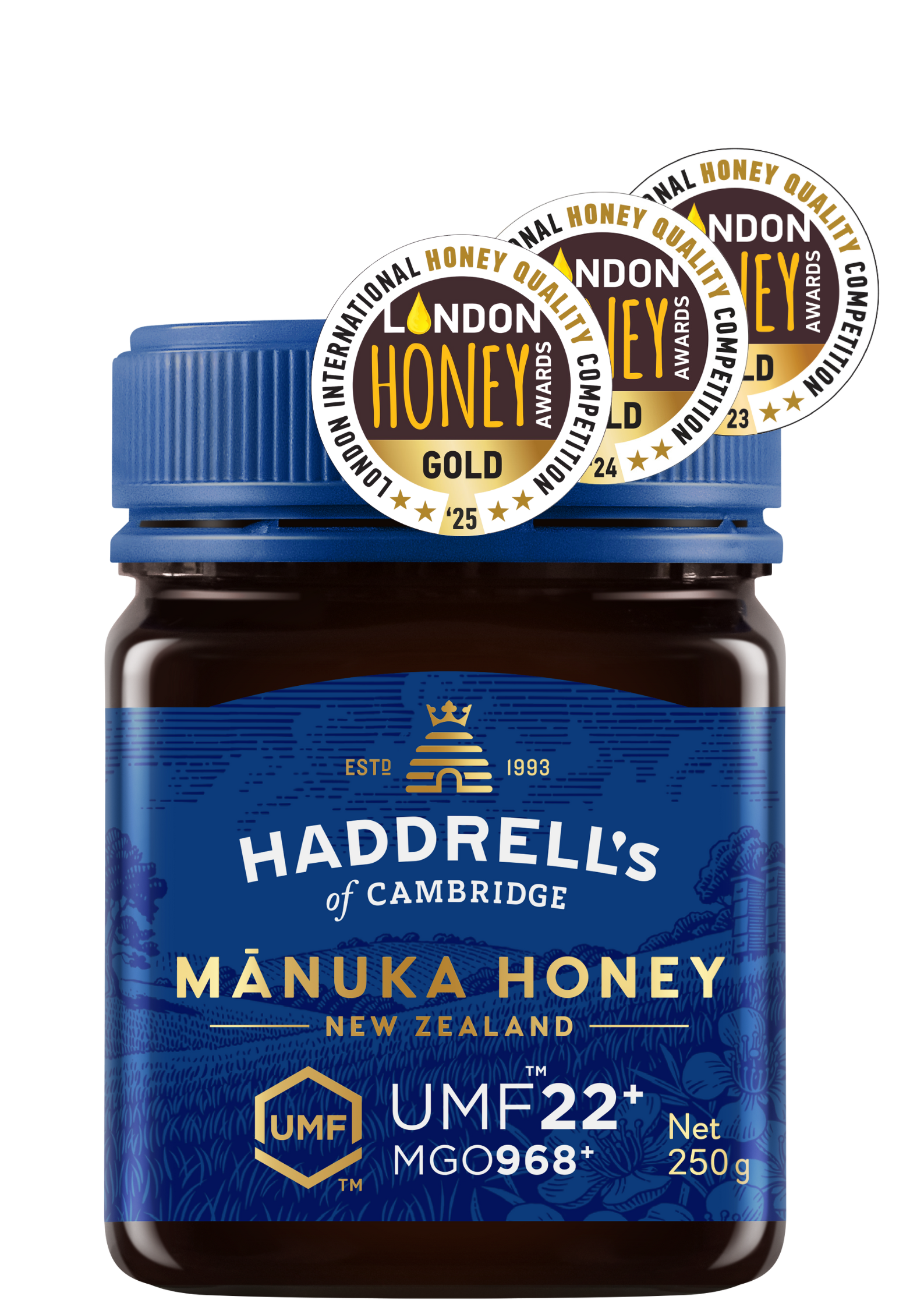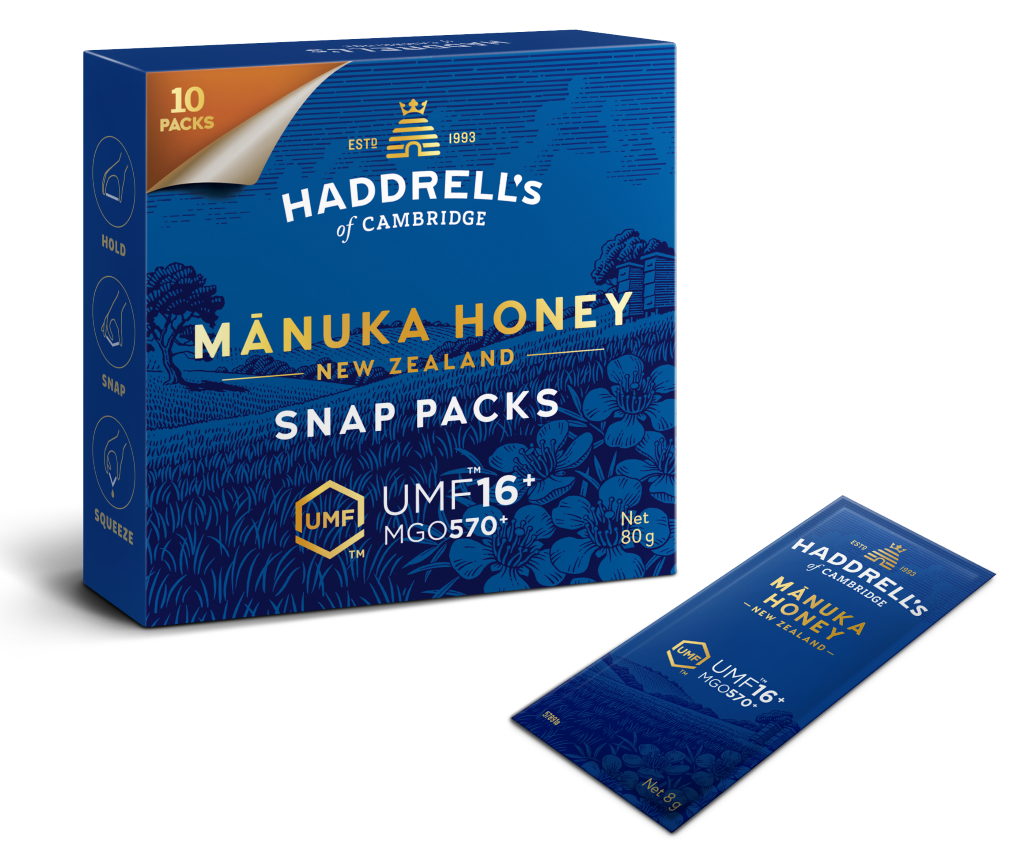Why does Haddrell’s Plant Millions of Mānuka Trees?

Discover why Haddrell’s has planted over 2.4 million mānuka trees—helping restore native forests, protect wildlife, and support sustainable honey production.
Largest Privately Funded Conservation Project in NewZealand
In Hawke’s Bay, on the eastern side of New Zealand’s North Island, a remarkable environmental initiative is taking place, the largest privately funded forest restoration project in the country. Established in 2006, the Forest Lifeforce Restoration Trust focuses on forest regeneration, wildlife protection, native flora restoration, and creating safe habitats across more than 12,500 hectares of land.
Our Philosophy: Caring for Nature
At Haddrell’s, caring for nature is at the heart of everything we do. In 2015, after extensive research into suitable properties,we partnered with the Forest Lifeforce Restoration Trust to help regenerate native forests in Maungataniwha Forest, one of New Zealand’s most ecologically significant regions.
To date, we have planted over 2.4 million mānuka trees, creating New Zealand’s largest single mānuka plantation.
Why Regenerate Mānuka Forests?
Over 30 years ago, Maungataniwha Forest was a thriving native ecosystem, home to many New Zealand birds and plants, including the iconic kiwi.
When the land was cleared and replanted with pine trees, much of that biodiversity disappeared.
After logging, the land was left bare, leading to soil erosion and land instability, the spread of wilding pines that blocked native regrowth and a severe decline in native wildlife.
Through mānuka tree planting, the forest is coming full circle again, from deforested pine slopes to regenerating native habitat.
High Success Rate in Replanting
Today, more than 90% of our mānuka trees are thriving, restoring stability to the land, encouraging the return of native species, and providing a rich environment for bees to produce premium mānuka honey.
This success rate is considered exceptional in large-scale ecological restoration.
Selecting the Right Mānuka Trees
Planting over 2 million trees requires scientific precision.Our team selected mānuka varieties based on three key criteria:
1. Hardiness & altitude adaptation – suited to the challenging conditions of Maungataniwha Forest
2. High DHA content – trees whose nectar contains elevated levels of Dihydroxyacetone (DHA), the natural compound that converts to MGO (Methylglyoxal), one of the four factors tested to certify UMF™ mānuka honey
3. Late flowering varieties – extending the nectar season to strengthen honey yields and provide longer foraging periods for bees.
Understanding the Mānuka Flower
The mānuka tree blooms mainly in December and January, during the New Zealand summer.
Some early flowering types begin in August, but may not produce any nectar, because nectar flow depends on warm weather, at least five days above 20 °C. When the nectar starts to flow, its DHA content determines the mānuka strength. The DHA in fresh mānuka honey converts over time to MGO.
Saving New Zealand’s Kiwi
Our conservation partnership also supports kiwi recovery programmes. Working with the Forest Lifeforce Restoration Trust, we help re-establish kiwi populations by
- Removing eggs from the wild to protect them from predators such as rats and stoats
- Hatching them safely in specialised facilities
- Releasing healthy, strong young kiwis back into the native bush.
This collaboration ensures New Zealand’s national bird has a safer, stronger future within the forest.
The Bigger Picture: Conservation of Trees and Biodiversity
Beyond mānuka, our work contributes to the conservation of native trees and overall biodiversity in New Zealand.
Restoring native forest cover improves soil health, reduces erosion, enhances water retention, and creates sustainable ecosystems, proving that planting mānuka trees is not only vital for honey production but also for environmental resilience.
.png)



